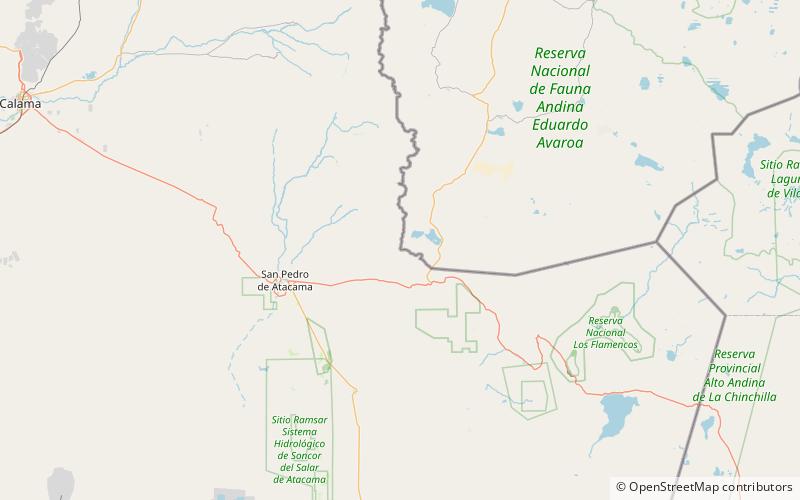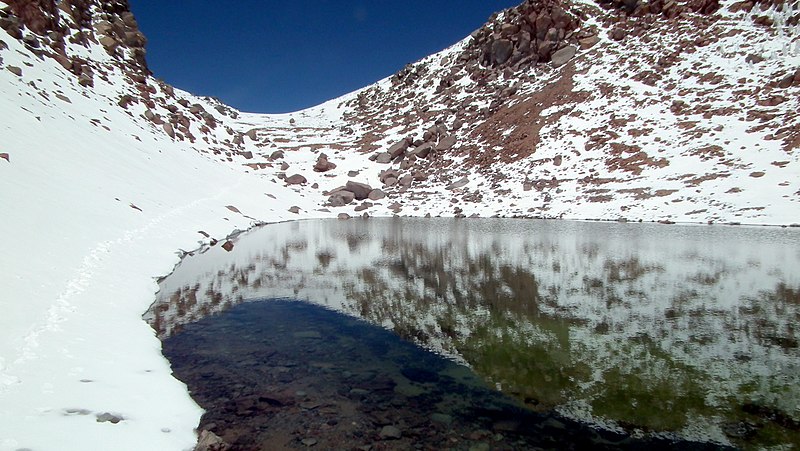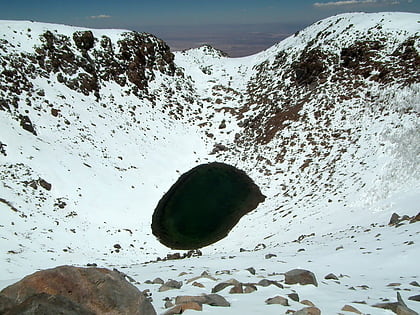Licancabur Lake


Facts and practical information
Perched at an elevation of 5,916 meters, Licancabur Lake in Chile is one of the highest lakes in the world. Nestled within the crater of the Licancabur volcano, this strikingly blue lake is not just a geographical wonder but also a site of significant archaeological interest. Despite its high altitude and the harsh surrounding environment, the lake is a testament to the adaptability of life, with microorganisms thriving in its waters.
The journey to Licancabur Lake is a challenging one, requiring a trek through the Andean highlands, often starting from the nearby town of San Pedro de Atacama. The ascent to the crater is steep and demands a high level of physical fitness, as well as acclimatization to the thin mountain air. This remote and pristine lake is rarely visited due to its inaccessibility, but it remains a coveted destination for intrepid adventurers and scientists alike.
Licancabur Lake is not just a natural marvel; it is also steeped in history and culture. The Inca people considered the volcano sacred and built ceremonial platforms and structures around it. Today, the lake is recognized for its unique ecological and cultural significance, offering insights into both the natural history of the Andes and the ancient civilizations that once revered this majestic peak.
Antofagasta
